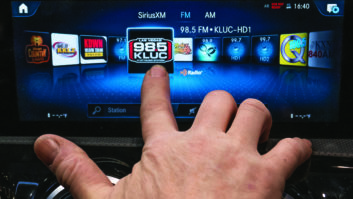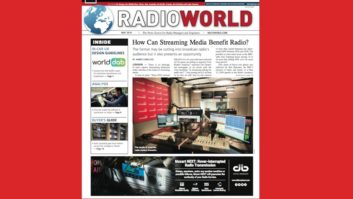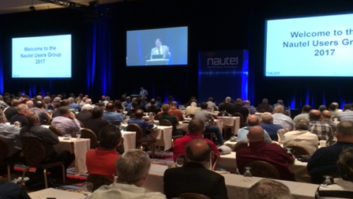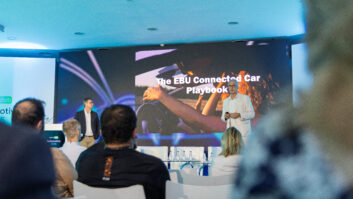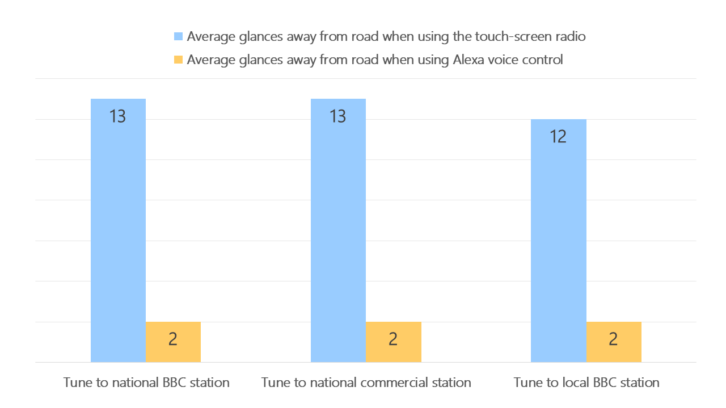
LONDON — Static tests in a parked vehicle can tell just a part of the story. Almost any contemporary car can be equipped with feature-filled, eye-catching touchscreen displays, designed to control much of the car system, including the radio.
But how do these colorful displays perform in real driving conditions? Do they really succeed in assisting contemporary, tech-savvy drivers?
REAL-LIFE TEST
Digital Radio UK and Radioplayer, the U.K. nonprofit partnership between the BBC and commercial radio, whose aim is to keep radio listening simple, dug into this topic, comparing touchscreen experience to voice control “en roulant.”
To do so, Radioplayer recreated a realistic driving situation, using a car driving at an old World War II airbase on a farm in Cambridgeshire. It had serviceable roads but no other traffic.
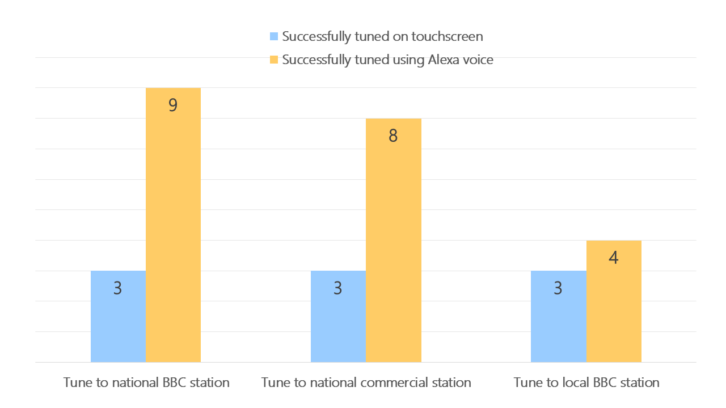
For the test, they used a Volkswagen car equipped with line-fit DAB receiver featuring a touchscreen display. In order to ensure a fair comparison between the in-car DAB touchscreen and the voice control, they used an Amazon Echo Dot integrated into the center console, and wired into the car’s media system. A separate Wi-Fi hotspot in the rear of the car provided adequate internet connectivity on the move.
“We recruited nine local people as test drivers, achieving a reasonable mix across gender, age, radio listening habits and prior experience of voice control,” said Michael Hill, Radioplayer managing director. “We devised a 30-minute test plan which we repeated exactly for each driver, so that we could compare results.”
Two GoPro cameras and a high-quality audio recorder equipped the car, to ensure a continuous record of how the drivers were speaking and where they were looking. During each run there were two facilitators in the back seat, one asking questions and the other taking notes.
LET’S DRIVE
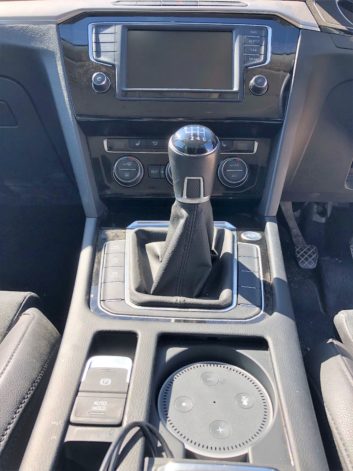
Each test session included the same four segments. These were a familiarization run, so drivers could get used to the car and the route; tuning to a national station on the DAB radio; finding local stations, tuning to the same stations using voice control; and exploring more advanced radio features using voice control, such as find and play a specific podcast.
Fig. 1 shows the drivers’ average number of glances away from the road when they tuned into different stations. The figures related to using the touchscreen interface are dramatically higher than the ones collected while performing the same actions using voice control: a minimum of 12 glancing away versus two. An excerpt from the test is available here.
As for the effectiveness of each user interface, Fig. 2 shows the number of times the test drivers successfully tuned into a station by means of either touchscreen DAB or Alexa. It should be noted that the drivers had no help or training on how to use the devices before the trial..
“At the end of each of the tests, we did an in-depth interview with the driver about their experience,” Hill explained. “The videos report on the feedback and include responses from John, Sarah and Olivia.”
VOICE IS SAFER
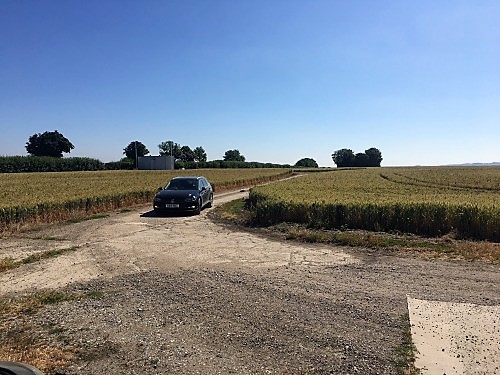
Drivers reported that voice control is safer than touchscreen controls when driving, and that even if they had never used voice control before, they learned it very quickly. For “voice virgins,” the car felt like a comfortable environment to speak in. Most drivers felt they could explore more live radio and podcasts through voice.
As for the factory-fit DAB radio, drivers reported that navigating by multiplex was universally problematic, while navigating by presets (logos) on the touchscreen was quite simple.
Some stations, particularly local stations, were harder to find than others through voice.
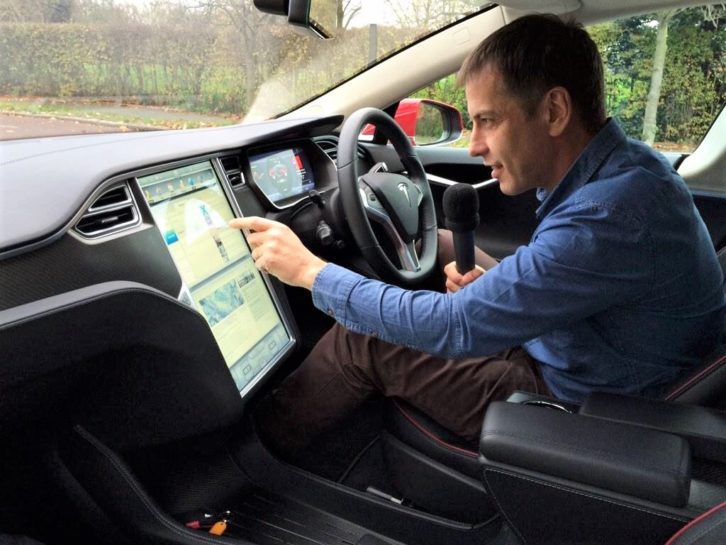
“Test drivers found voice control much easier and much safer than the standard touchscreen interface,” Hill explained. “That road test has been the first step to prove that voice can work with radio. The second one will now be assessing how should voice work with radio.”
[The “Reference Radio” Looks Ahead]
In his opinion, voice is coming into cars but car companies are doing this in a fragmented way. Putting “as is” Amazon Alexa or similar technology in the dashboard could be appealing to consumers, but this doesn’t result in the complete in-car integration . For example, drivers won’t have the ability to turn on the car’s air conditioning. And Hill believes the voice system should be able to control all of the things in the car, not just messaging and sound.
“The perfect car radio is a blend of broadcast digital radio, FM, internet, and voice, working seamlessly together,” Hill concluded. “All new cars now have a connection to internet according to EU legislation. The radio industry should now study what it can leverage that internet connection.”
